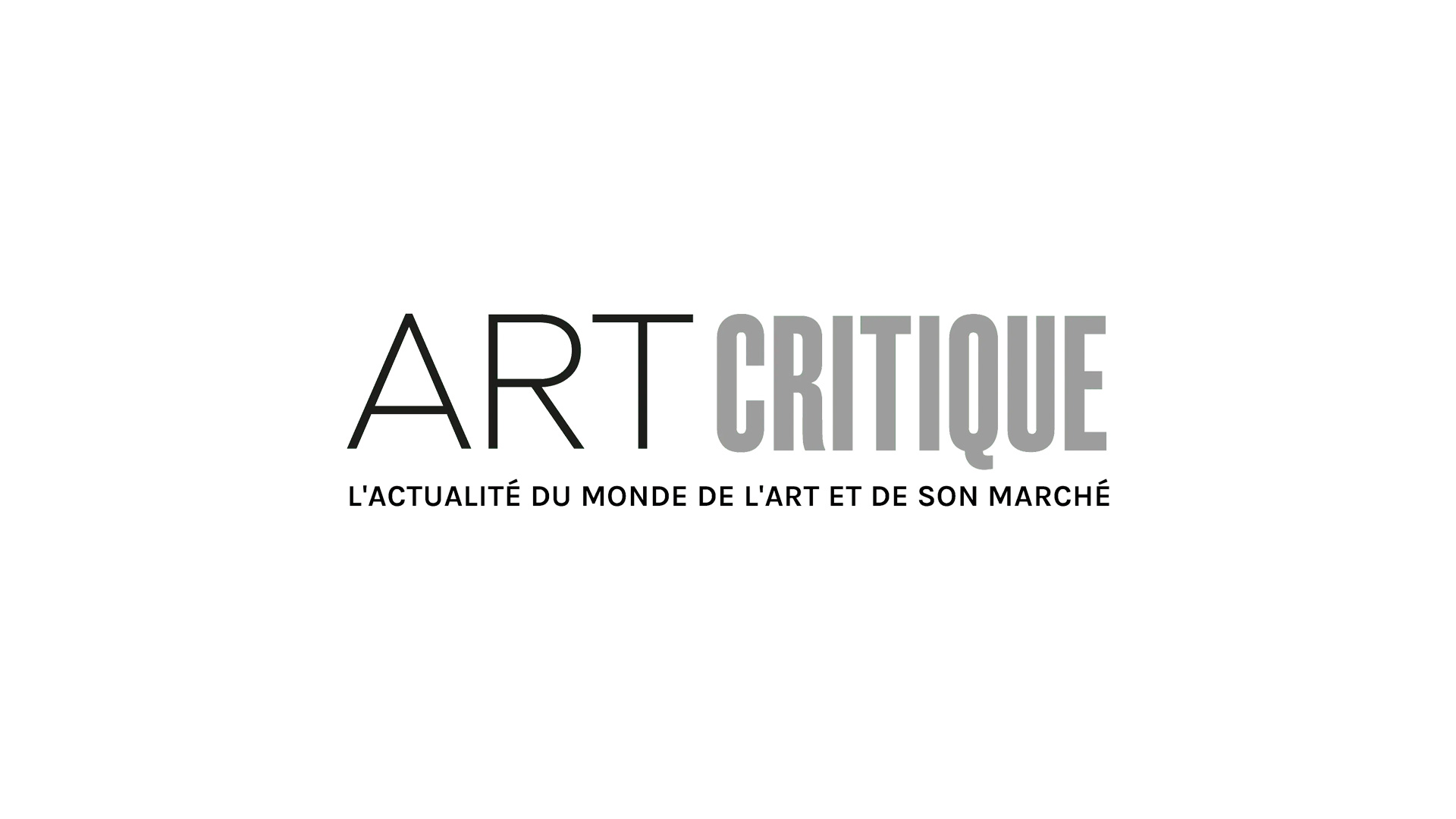In 1969, in her the Manifesto for Maintenance Art, the artist Mierle Laderman Ukeles wrote, “The sourball of every revolution: after the revolution, who’s going to pick up the garbage on Monday morning?”
The manifesto was rooted in her experience as a mother, and balancing the work of childcare with her work as a visual artist—until one day she realized that her maternal labor, though lacking a physical object, could also be filed under the category of “art.” In her landmark performance art piece, Touch Sanitation, Ukeles shook the hands of over 8500 sanitation works across New York City and thanked them for “keeping New York City alive.” The performance honored a form of labor that, while crucial, is often dismissed and invisible (much like the work of motherhood itself.) It called attention to the ongoing work that keeps societies healthy and functioning and yet is not often perceived with the rarified attention we normally reserve for the aesthetic.
In a world already saturated with commodities, many of which are designed to be quickly disposed of, is it necessary for artists to make new things? I’m interested in artists like Ukeles, who rather than creating more objects, are instead turning to what already exists—particularly that which has been designated disgusting, irredeemable or beyond our noticing—to create artworks based in careful study, maintenance and critical repair.
In 2011, the most powerful earthquake in the Japan’s recorded history ravaged the country’s northeastern coast. Registering a magnitude of 9.0, the earthquake then gave rise to tsunami waves that rose as high as 130 feet. Moving to a studio in Western Canada, where fragments of the ruins are still washing up to shore seven years after the disaster, the artist Nishiko began collecting the debris. With meticulous care, she reconstructs these objects as an act of resilience and healing in the throes of ecological crisis. The work, called The Repairing Earthquake Project, can perhaps be traced to the Japanese tradition of kintsugi, a process by which, rather than concealing the imperfections, broken pottery is sutured back together with golden lacquer. Later, she scavenged hard-hit areas in Japan, and then transported these objects back to her home in the Netherlands, where some people even took care of the objects in their own houses. Nishiko found that “even a shard with the story behind it catches people’s heart.” Objects have histories, bearing the imprints of the human lives that enfold them, and Nishiko helps make visible these connections.
In Jenny Odell’s project, The Bureau of Suspended Objects, the artist researched the manufacturing, material, and corporate histories of 200 objects she unearthed at a San Francisco dump. This information Odell then uploaded to a searchable online archive, where users can search objects—ranging from miniature cars to moon pies to belt buckles—according to their material, color, purpose, or date and origin of manufacture. The project questions the category of “garbage” itself, which is a product of capitalist consumer culture. She writes, “In nature, things that grow unchecked are often parasitic or cancerous. And yet, we inhabit a culture that privileges novelty and growth over the cyclical and the regenerative. Indeed our very idea of productivity is premised on the idea of producing something new, whereas we do not tend to see maintenance and care as productive in the same way.”
There is a moral philosophy called “ethics of care,” developed by the feminist psychologist Carol Gilligan, based on relationships and dependencies. Care is defined as “a species of activity that includes everything we do to maintain, contain, and repair our ‘world’ so that we can live in it as well as possible. That world includes our bodies, ourselves, and our environment.” As our landfills grow larger, and our societies become more divisive and insular, artists like Nishiko and Odell remind us of the value of caring for the broken and discarded. Maybe after the revolution, in an economic system that inhibits waste, there will be no such thing as “garbage”—only well-made and sustainable objects, the recycled and repaired.





